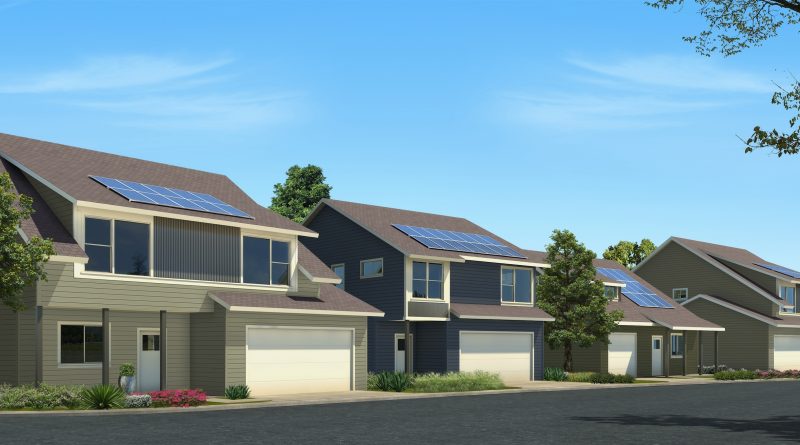Building a sustainable new home
When someone builds a home for you, you have the opportunity to make it as sustainable, eco-friendly and energy-efficient as possible. Not only are sustainable homes more cost-effective over the long term, they have a smaller environmental impact and can be more appealing to homebuyers when you’re ready to sell and move.
If you’re having a home built for you, it’s the perfect time to think about sustainability and energy efficiency.
* Choose a builder who specializes in sustainable homes. While virtually all home builders today will offer eco-friendly or energy-efficient features, sustainable home builders take a whole-house approach. Their plans should include more than just high-efficiency windows and appliances and lots of insulation. Sustainability planning should also incorporate elements of the position of the home on its lot, number and position of windows in the home, and shade and ventilation, among other considerations.
Heating and cooling typically represent the largest portion of a home’s energy consumption.
The orientation of your home can enhance heating and cooling efficiency. For example, if you live in a colder region, placing your home with the maximum number of windows facing south can allow natural light to help heat your home in the winter. If you live in a warm climate, minimizing the number of windows on the west side of the home and planting shade trees on that side can help with cooling. Plant a tree that loses its leaves in the winter, and you can allow light to reach that side of the house when the weather is colder.
* The more compact a home is, the more energy efficient it will be. You don’t have to build a tiny home to achieve a more efficient design. A two-story home can be more compact and energy efficient than a sprawling single-story design.
* Insulation and air sealing can greatly improve a home’s energy efficiency. Talk to your builder about the best kind of insulation for your needs, and learn about R-value and how it affects the efficiency of insulation. Discuss how the builder seals potential air leaks in the home, paying close attention to windows, doors, and spots where pipes or wires enter the home.
* Finally, a truly sustainable home is one that makes maximum use of recycled and recyclable materials. Talk to your builder about the construction materials they will use.
Demand for sustainable homes is likely to continue growing, according to the NAR report. Choosing to build your new home with sustainable materials, systems and practices can ensure you reap the rewards of a more environmentally friendly home now and in the future.
(BPT)








